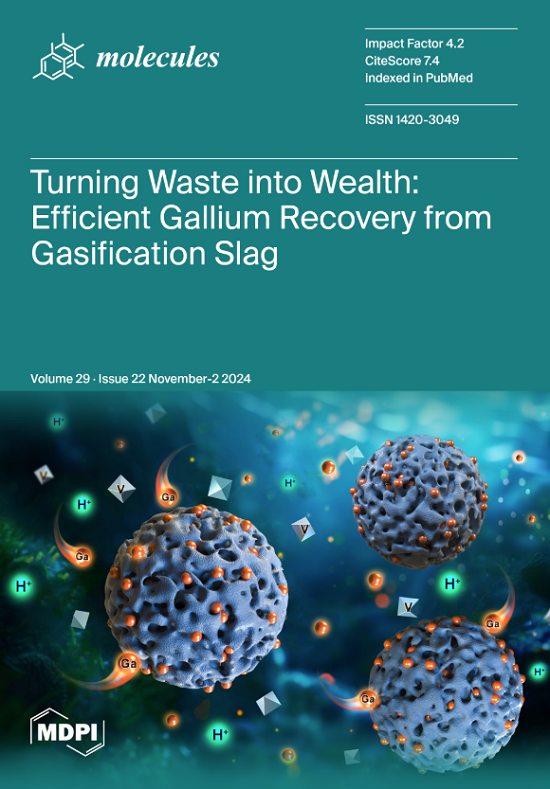Application of High-Resolution Infrared Thermography to Study the Effects of Technologically Processed Antibodies on the Near-Surface Layer of Aqueous Solutions
IF 4.2
2区 化学
Q2 BIOCHEMISTRY & MOLECULAR BIOLOGY
引用次数: 0
Abstract
A new class of biologics is obtained using the technologically processed of antibodies (TPA), which are used as the initial substance, and their dilution at each stage is accompanied by a controlled external vibrational (mechanical) treatment. This article focuses on the development and validation of a novel technique that can be applied for assessing the identity of TPA-based drugs. It has previously been found that after such treatment, the resulting solution either acquired new properties that were not present in the initial substance or a quantitative change in properties compared to the initial substance was observed. The use of mechanical treatment during the manufacture of the TPA-based drugs can cause the formation of new bonds between the solvent and antibody molecules. These changes manifest themselves in altered adsorption at the surface of the test solutions, which results in the formation of a near-surface film. One of the indicators of such events is the change in the surface temperature of the solution, which can be analyzed using high-resolution thermography. Unlike other methods, the high-resolution thermography allows the near-surface layer of a heterogeneous aqueous solution to be clearly visualized and quantified. A number of experiments were performed: seven replicates of sample preparations were tested; the influence of factors “day” or “operator” was investigated during 12 days of testing by two operators. The method also allowed us to distinguish between technologically processed antibodies and samples containing technologically processed buffer. The thermographic analysis has proven to be a simple, specific, and reproducible technique that can be used to analyze the identity of TPA-based drugs, regardless of the dosage form tested.应用高分辨率红外热成像技术研究技术处理过的抗体对水溶液近表层的影响
一类新的生物制剂是用技术处理过的抗体(TPA)获得的,这种抗体被用作初始物质,在每个阶段对其进行稀释时都伴随着可控的外部振动(机械)处理。本文重点介绍一种新技术的开发和验证,该技术可用于评估以 TPA 为基础的药物的特性。以前的研究发现,经过这种处理后,得到的溶液要么获得了初始物质所没有的新特性,要么与初始物质相比特性发生了量变。在生产 TPA 类药物的过程中,使用机械处理会导致溶剂和抗体分子之间形成新的键。这些变化表现为测试溶液表面的吸附性发生改变,从而形成近表面膜。此类事件的指标之一是溶液表面温度的变化,可使用高分辨率热成像技术进行分析。与其他方法不同的是,高分辨率热成像技术可以清晰地观察和量化异质水溶液的近表面层。我们进行了一系列实验:测试了七个重复的样品制备;在两名操作员进行的 12 天测试中,研究了 "日 "或 "操作员 "因素的影响。该方法还能区分经过技术处理的抗体和含有经过技术处理的缓冲液的样品。事实证明,热成像分析是一种简单、特异、可重复的技术,可用于分析基于 TPA 的药物的特性,而不受测试剂型的影响。
本文章由计算机程序翻译,如有差异,请以英文原文为准。
求助全文
约1分钟内获得全文
求助全文
来源期刊

Molecules
化学-有机化学
CiteScore
7.40
自引率
8.70%
发文量
7524
审稿时长
1.4 months
期刊介绍:
Molecules (ISSN 1420-3049, CODEN: MOLEFW) is an open access journal of synthetic organic chemistry and natural product chemistry. All articles are peer-reviewed and published continously upon acceptance. Molecules is published by MDPI, Basel, Switzerland. Our aim is to encourage chemists to publish as much as possible their experimental detail, particularly synthetic procedures and characterization information. There is no restriction on the length of the experimental section. In addition, availability of compound samples is published and considered as important information. Authors are encouraged to register or deposit their chemical samples through the non-profit international organization Molecular Diversity Preservation International (MDPI). Molecules has been launched in 1996 to preserve and exploit molecular diversity of both, chemical information and chemical substances.
 求助内容:
求助内容: 应助结果提醒方式:
应助结果提醒方式:


